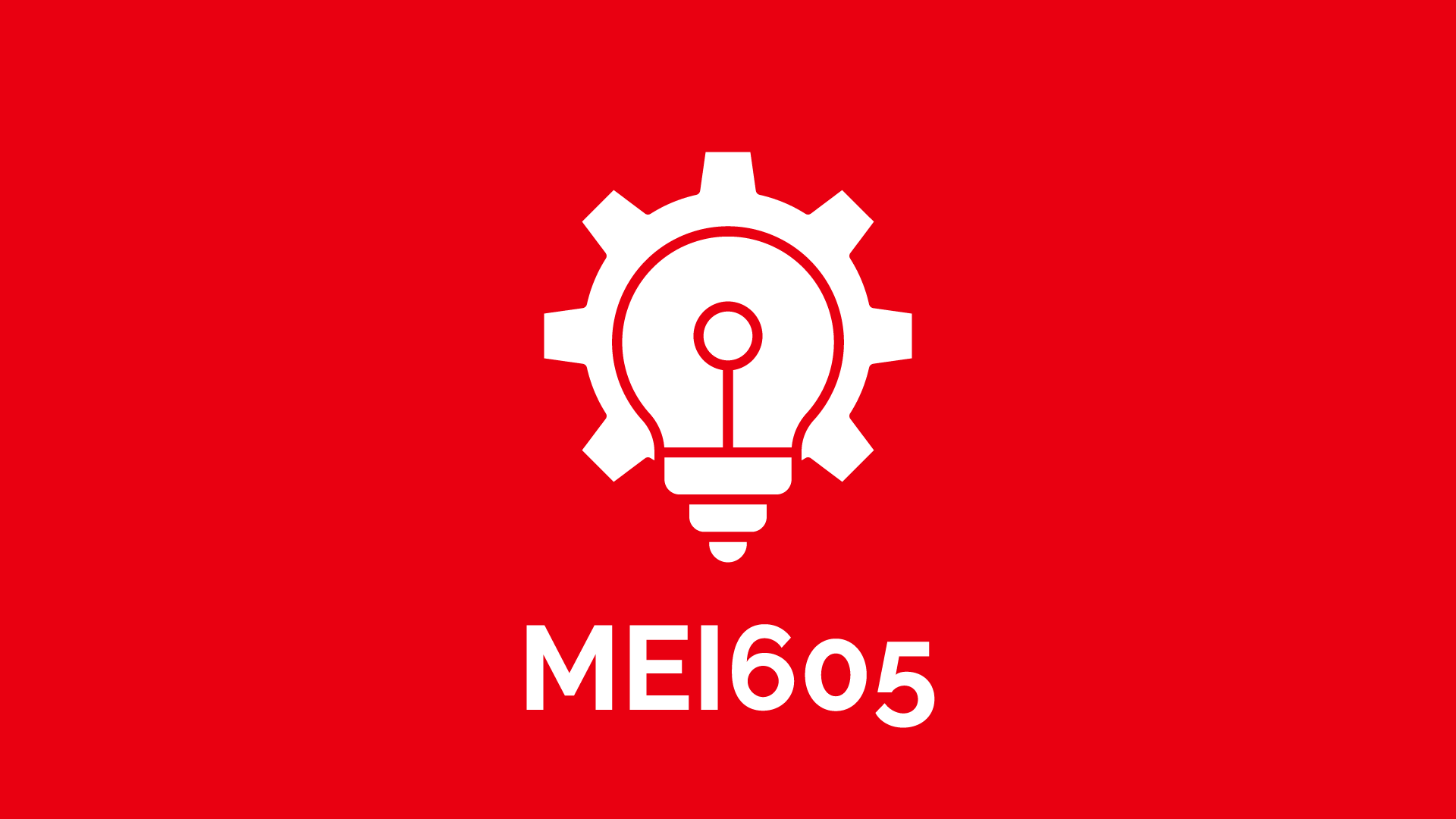
Learn how the law affects each stage of the entrepreneurial enterprise and how you can use knowledge of the law to make successful business decisions.
- Teacher: Uploader Account1
- Teacher: Tamara Gillis
To be successful, an entrepreneur needs to be aware of the complex web of laws and regulations that affect their business throughout its life cycle, from startup to day-to-day operations and potential expansion or sale. In this course, you will review key areas of the law that can impact your business, which will enable you to make sound strategic decisions for the success of your business and minimize potential risks. You will learn about laws and regulations for structuring your business, including hiring and working with an attorney and raising capital. You then review the many complex laws and regulations that affect the day-to-day operation of your business, including contracts and leases, specific laws regulating marketing and the sale of goods, and laws affecting potential liability when dealing with customers, vendors, competitors, and employees. The focus will then be on the legal regulations affecting e-commerce and consumer privacy. Next, you will examine how the law affects your business opportunities to obtain credit and your legal obligations to creditors. Finally, you will consider laws and regulations affecting decisions about the expansion or sale of a business.
- Unit 1: Getting Started and Working with an Attorney
- Unit 2: Structuring Your Business
- Unit 3: Tax Compliance and Financial Recordkeeping
- Unit 4: Contracts and Leases
- Unit 5: Regulation of the Sale of Goods
- Unit 6: Operational LIabilities and Risk Management
- Unit 7: E-Commerce and Privacy
- Unit 8: Intellectual Property and Licensing
- Unit 9: Creditors' Rights and Bankruptcy
- Unit 10: Expanding, Buying, and Selling Your Business
- Develop strategies to use the law to maximize opportunities and avoid risk when starting up and operating an entrepreneurial enterprise;
- Determine when and how to utilize legal advice;
- Assess the advantages and disadvantages of different forms of capitalization; and
- Design a strategy to use intellectual property law and company policy to protect business intellectual assets and avoid violating the rights of others.